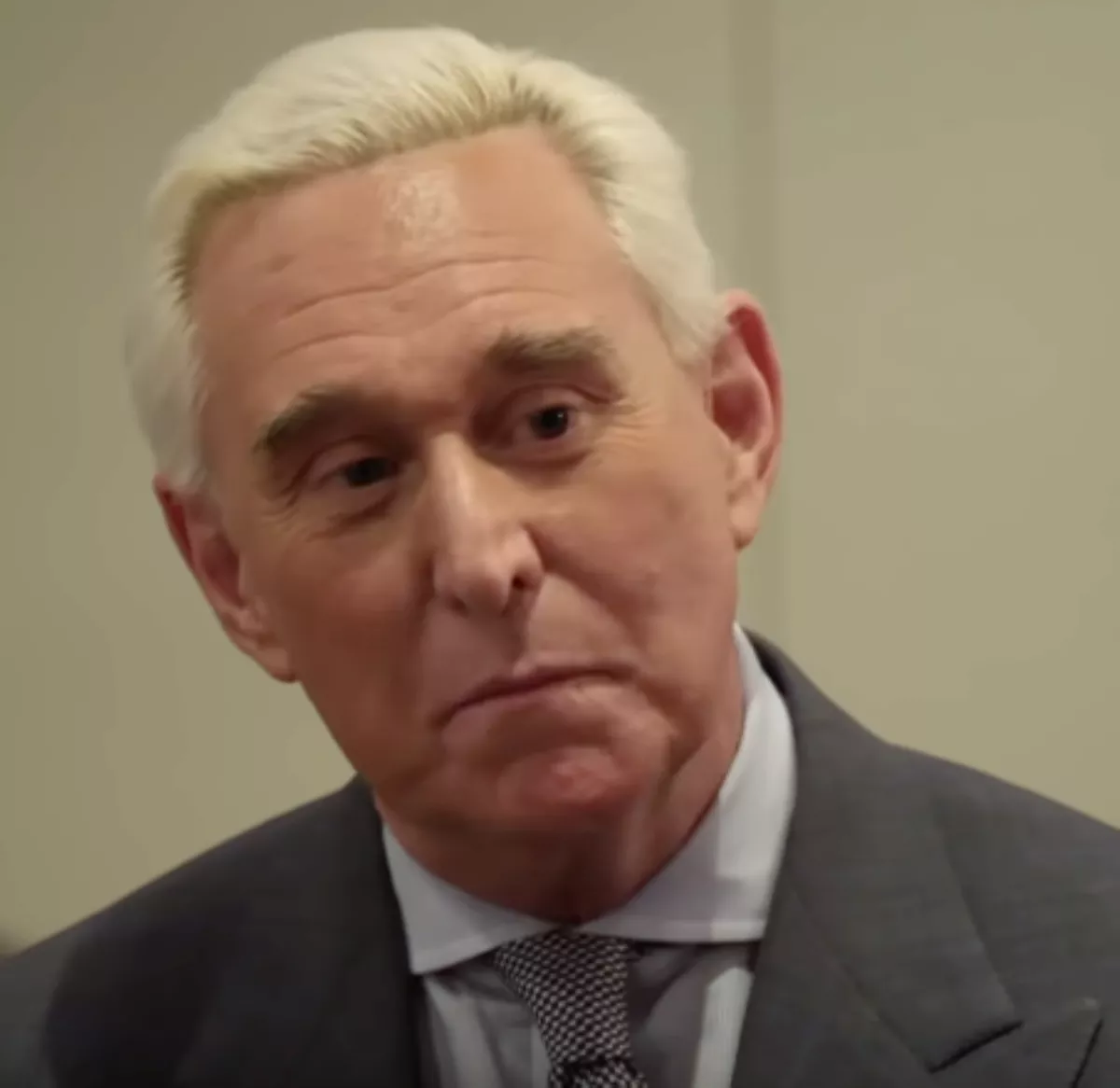 1.
1. Roger Stone is Donald Trump's longest-serving political adviser, most well known for the Robert Mueller special counsel investigation, and his alleged involvement with and connections to Russian interference in the 2016 US presidential election as a political consultant for the 2016 campaign of 45th US president Donald Trump.